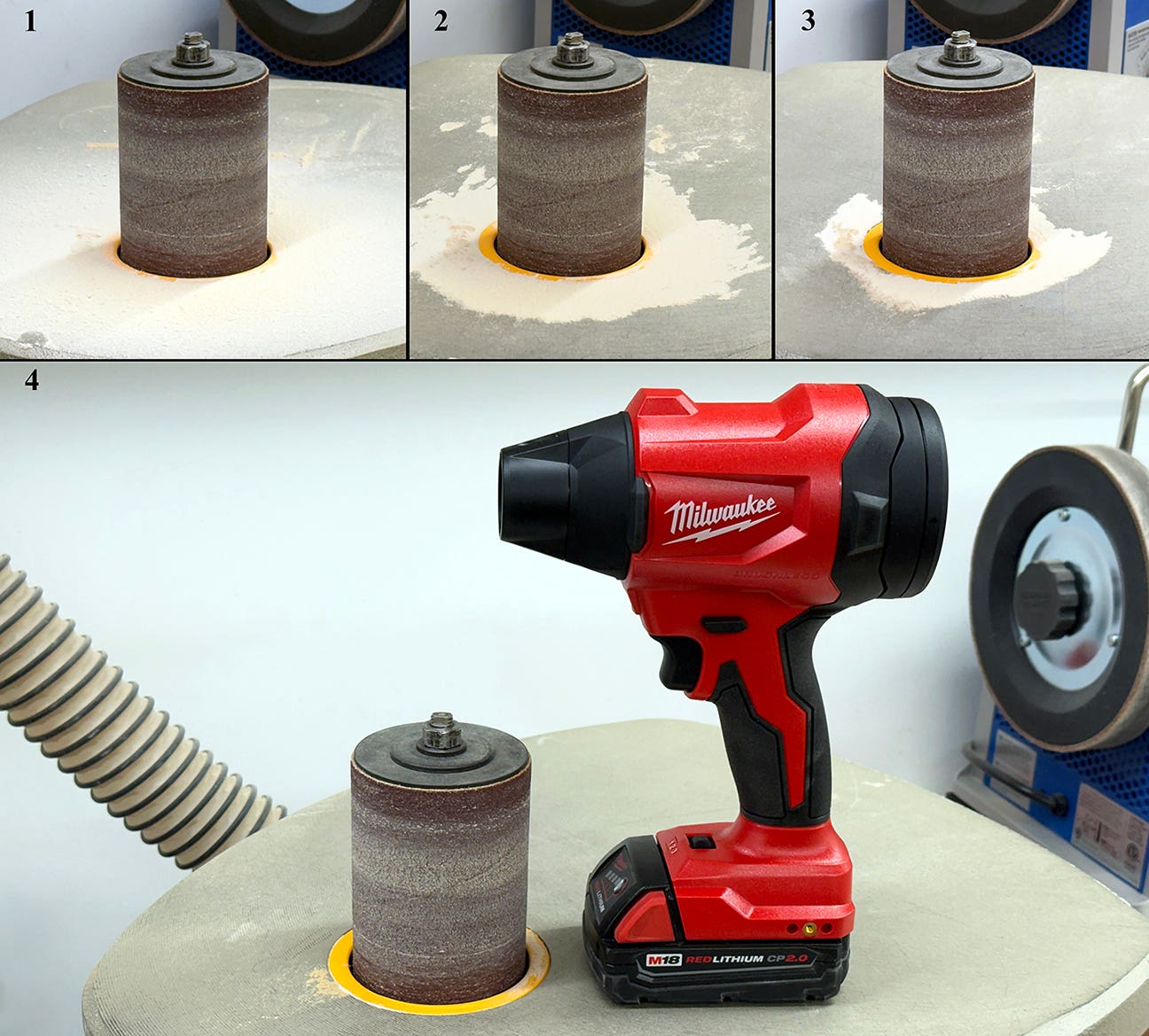Compliance deadline looms on EPA’s formaldehyde rule
Beginning June 1, composite wood products that are sold, supplied, offered for sale, manufactured or imported in the United States will need to be labeled as compliant to the Environmental Protection Agency’s final rule on formaldehyde emission standards.
Beginning June 1, composite wood products that are sold, supplied, offered for sale, manufactured or imported in the United States will need to be labeled as compliant to the Environmental Protection Agency’s final rule on formaldehyde emission standards.
This is six months ahead of schedule, the result of a U.S. District Court’s ruling in favor of a suit brought by the Sierra Club against the EPA for its efforts to delay the compliance deadline from December 2017 to December 2018.
The deadline applies to panel producers, fabricators, importers, distributors, retailers and laminated panel producers. Fabricator, as defined by the EPA, is an entity that incorporates composite wood products into component parts or into finished goods, and a retailer is an entity that generally sells smaller quantities of composite wood components directly to consumers.
Compliance must be demonstrated to Title VI of the Toxics Substance Control Act (TSCA) or the California Air Resources Board Airborne (CARB) Toxic Control Measures Phase II emission standards, which are set at identical levels, by a third-party certifier approved by CARB and recognized by the EPA.
Fabricators will be required to source only TSCA Title VI compliant composite wood panels (excluding panels inventoried before June 1), label finished goods as compliant, and adhere to the EPA’s recordkeeping procedures.
Beginning on March 22, 2019, composite wood products must be labeled as TSCA Title VI compliant. These products include hardwood plywood, MDF and particleboard, as well as household and other finished goods containing these products.
Formaldehyde, long used as a resin in the manufacturer of composites wood components and products, has been targeted as an indoor air quality health hazard associated with short-term irritation of skin, eyes, nose and throat, and longer-term potential to cause some types of cancer.
Failure to comply can lead to civil and criminal penalties, according to the EPA.
The EPA estimates that 922,000 small businesses or “entities” will be impacted. It is preparing a “Small Entity Compliance Guide” to help with compliance, though it won’t be posted online (at www.epa.gov/formaldehyde) until after the rule takes effect.
There is a limited de minimis exemption for finished goods or component parts sold directly to end users if its composite wood content does not exceed 144 square inches on its largest face. This exception applies only to labeling. Products such as small picture frames that meet the de minimis definition must still be made with compliant composite wood and comply with recordkeeping requirements.
I’m sharing the most relevant requirements and exemptions to compliance. Consult the full text of the regulation and your legal advisors on specific questions. But with that disclaimer out the way, the Composite Panel Association is an important resource. It provides an updated reference guide on the EPA formaldehyde regulation at www.compositepanel.org.







